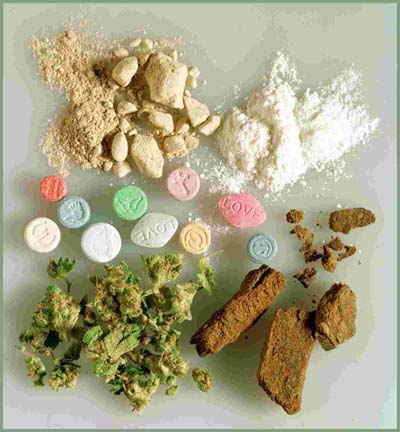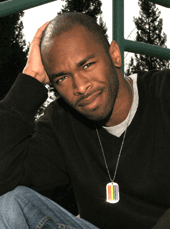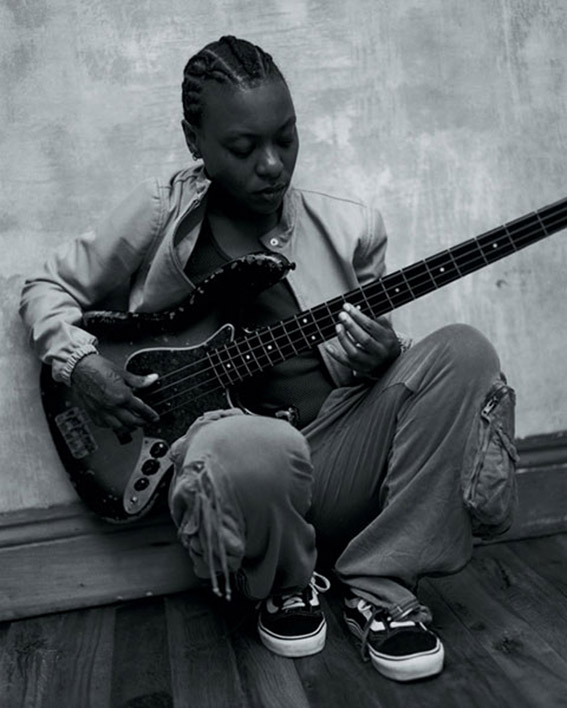 This week,the world’s got drugs on the mind. Here’s what’s happening at the global level, nationally, and then here in New York State.
This week,the world’s got drugs on the mind. Here’s what’s happening at the global level, nationally, and then here in New York State.
GLOBAL
Days after the President of West African country Guinea-Bissau was assassinated (rumored to have been supported by South American drug cartels), the new UN Political Declaration on Drugs was announced this week as a follow-up to the 10 year plan to reduce global drug use and trade (HAHAHAHA!). Many NGOs (including Human Rights Watch & the International Harm Reduction Association (IHRA)) and editorial pages across the globe concurred that it does not go far enough in moving UN members to adopt less punitive, and more public health approaches to drug abuse, which factors in the fight against HIV/AIDS. In fact, the Human Rights Watch (in a press release I received from the media department of the International AIDS Society) noted that:
“What is at issue is a series of measures known collectively as ‘harm reduction services,’ which have been endorsed by UN health and drug-control agencies, including the UN Office on Drugs and Crime, UNAIDS and the World Health Organization. These measures include needle and syringe exchange and medication-assisted therapy (for example, with methadone), both inside and outside prisons, as essential to address HIV among people who use drugs. The groups noted that a wealth of evidence proves harm reduction is essential to HIV prevention for people who use drugs. The action was taken against the direct advice of UNAIDS, the Global Fund to fight AIDS, Tuberculosis and Malaria, and the UN special rapporteurs on health and on torture.
Not only that, but The Economist published an editorial (which is also its cover story) detailing why a global war on drugs is a failed project to reduce drug use. The write:
Indeed, far from reducing crime, prohibition has fostered gangsterism on a scale that the world has never seen before. According to the UN’s perhaps inflated estimate, the illegal drug industry is worth some $320 billion a year. In the West it makes criminals of otherwise law-abiding citizens (the current American president could easily have ended up in prison for his youthful experiments with “blow”). It also makes drugs more dangerous: addicts buy heavily adulterated cocaine and heroin; many use dirty needles to inject themselves, spreading HIV; the wretches who succumb to “crack” or “meth” are outside the law, with only their pushers to “treat” them. But it is countries in the emerging world that pay most of the price. Even a relatively developed democracy such as Mexico now finds itself in a life-or-death struggle against gangsters. American officials, including a former drug tsar, have publicly worried about having a “narco state” as their neighbour.
The failure of the drug war has led a few of its braver generals, especially from Europe and Latin America, to suggest shifting the focus from locking up people to public health and “harm reduction” (such as encouraging addicts to use clean needles). This approach would put more emphasis on public education and the treatment of addicts, and less on the harassment of peasants who grow coca and the punishment of consumers of “soft” drugs for personal use. That would be a step in the right direction. But it is unlikely to be adequately funded, and it does nothing to take organised crime out of the picture.
National
It seems as though the US’ policy on the War on Drugs is going to somewhat shift to a conversation less about public health, and more about “national security.” Over the last week, media stories about the possibility of Mexico becoming a failed state due to the violent drug cartels that are wreaking havoc on the country, and that the government is failing to control. Fears, and what is somewhat true, that Mexican gangs that have ties to the drug trade are spreading across the US in major cities. The US government seems to be signaling a fear of the kinds of violence seen in Mexico spreading to the US, and with an increase in Mexican immigrants if drug cartels do succeed in rendering the existing government powerless. (There is evidence that many of the weapons are coming from the US, and we’re not likely to have an gun reform laws anytime soon.) Notice that Department of Homeland Security Chief Janet Napolitano’s recent appearances on television talking about this problem.
Secondly, yesterday, Obama nominated Seattle Police Chief Gil Kerlikowske as Drug Czar, while he removed the post as a Cabinet-level position. I don’t know much about this new Czar, but being a police chief doesn’t give me much hope of a real shift in policy. However, Drug Policy Alliance’s Ethan Nadelmann in a Huffington Post piece, remains cautiously optimistic based on what’s happened in Seattle during the police chief’s tenure:
What gives me hope is the fact that Seattle has been at the cutting edge of harm reduction and other drug policy reform developments in the United States over the last decade. The city’s syringe exchange programs are well established and harm reduction is well integrated in Seattle’s approach to local drug policy. Marijuana has been legal in Washington State for medical purposes for a decade. In 2003, Seattle voters passed a ballot initiative making marijuana arrests the lowest law enforcement priority. And the King County Bar Association has demonstrated national leadership in exploring alternatives to current prohibitionist policies.
While Kerlikowske has not spoken out in favor of any of these reforms, he is clearly familiar with them and has not been a forceful opponent. Given the high regard in which he is held by other police chiefs around the country, Kerlikowske has the potential to provide much needed national leadership in implementing the commitments that Barack Obama made during the campaign. He also surely recognizes that substance abuse or run-ins with the law can touch anyone, including his own family. He will hopefully advocate for treatment instead of incarceration for nonviolent drug law offenders.
New York State
Almost 2 weeks ago, the NYS Assembly passed a bill that would basically gut the Rockefeller Drug Laws, and after nearly 40 years, return discretion to judges for sentencing and not give these automatic stiff penalties for petty drug charges (although racist judges will still mean racial disparity in sentencing. That’s how we got talked into mandatory minimums in the first place.). Now the problem is what the NYS Senate and Governor Patterson is going to do with this bill. Will they leave it as written, or cut the scope of it so it becomes another whack reform that means nothing. Assembly Speaker Sheldon Silver wrote yesterday in an op-ed for The Daily News:
By now it should be beyond debate that these laws have failed. One serious consequence: massive racial disparity in sentencing. According to the U.S. Health and Human Services Department, the rate of drug use in America is generally 8.2% for whites, 7.2% for Latinos and 8.7% for African-Americans. Yet the Rockefeller laws have filled New York’s prisons with tens of thousands of drug offenders, 90% of whom are African-American or Latino.
The laws have also failed to curb drug abuse. According to statistics from the National Survey on Drug Abuse conducted by the Health and Human Services Department, illicit drug use among New Yorkers has not abated since the passage of the drug laws in 1973.
Finally, 35 years of unambiguous data make clear that the Rockefeller laws have had no appreciable impact on combating violent crime. All evidence shows no correlation between the Rockefeller laws and the subsequent increase, followed by an equally precipitous decrease, in crime in New York.
 I met Shelton once or twice. He was definitely someone we’ve lost too soon, at age 31 to complications from AIDS. He was featured a few year’s ago on
I met Shelton once or twice. He was definitely someone we’ve lost too soon, at age 31 to complications from AIDS. He was featured a few year’s ago on  I have been extremely busy, overworked, and also really bored with blogging lately, so I am gonna do some more fun blogs that don’t follow the press. So being Women’s History Month, I am gonna focus most of my posts this month on Black women, but particularly Bisexual, Lesbian, and Transgender Women in politics, film, music, academia, etc. I am beginning this series with Me’shell Ndegeocello.
I have been extremely busy, overworked, and also really bored with blogging lately, so I am gonna do some more fun blogs that don’t follow the press. So being Women’s History Month, I am gonna focus most of my posts this month on Black women, but particularly Bisexual, Lesbian, and Transgender Women in politics, film, music, academia, etc. I am beginning this series with Me’shell Ndegeocello.